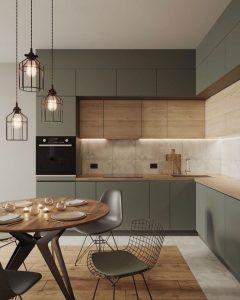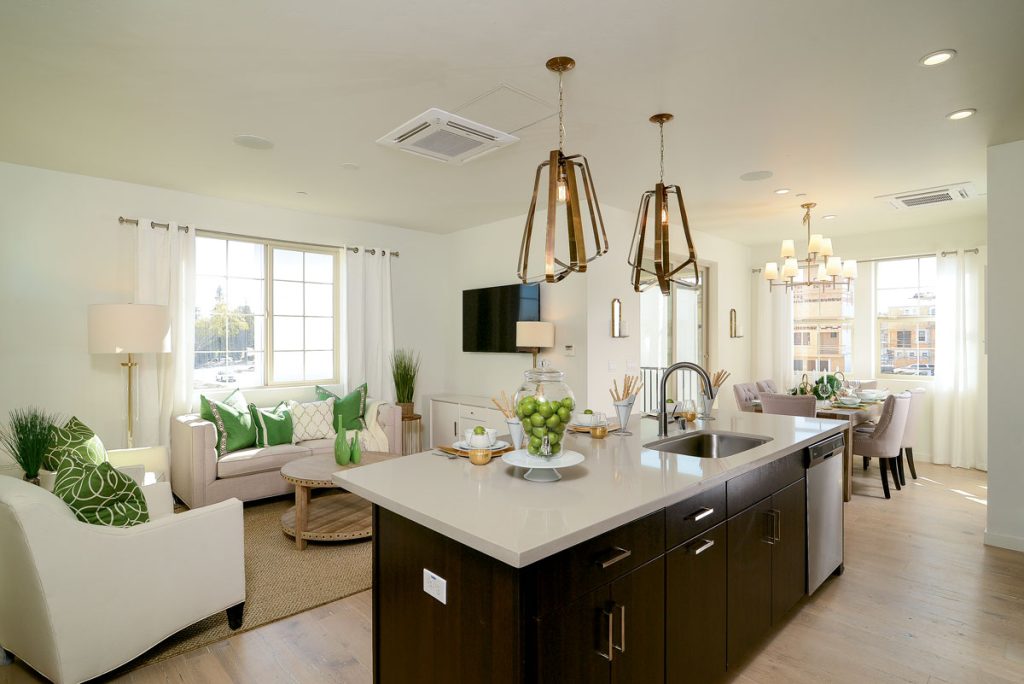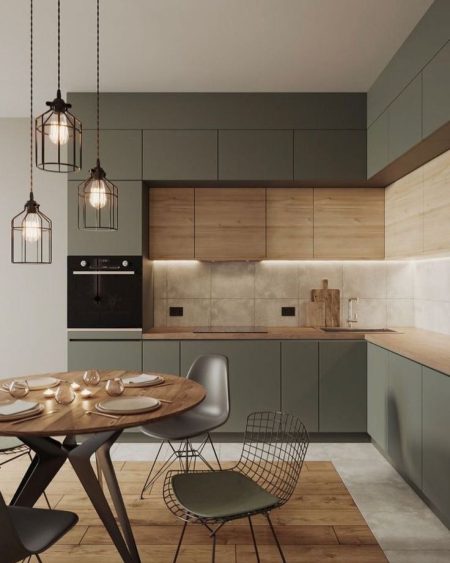There’s a pretty good chance that you haven’t had a homeowner client from the youngest adult demographic yet. These Generation Z individuals, also called Gen Z, Gen Z’ers or, my personal favorite, Zoomers, represent the tiniest slice of homeowners – only 2% according to the American Society of Interior Designers’ 2023 Trends Report. Many are still in high school or college, but the oldest, born in 1997, are in their mid-20s and eager to grab their piece of the America dream. (Some need to pay off their student loans first.) Real estate technology firm Hommati says that 97% want to own a home and 87% want to buy before they turn 35.
Photo: Joseph DeCasperis Design/Darlene Halaby Photography
Even if you’re a few years from serving these young clients, you may find yourself working on a multi-family rental project for a builder or developer or possibly even competing for business with these entrepreneurial individuals. Up to 65% of Generation Z want to start their own firms, according to business magazine Fast Company.
So, what should you know about this massive generation – at 69.58 million, second only to Millennials (72.24 million) in size, according to Statista – to remain successful? I reached out to six experts across the country to share their insights and experience with Zoomers:
- Gen Z kitchen and bath designer Joseph DeCasperis in Southern California’s Riverside County;
- Interior designer and former ASID national board chair Kerrie Kelly in Sacramento;
- Irvine, CA-based architect and multi-
office TCA Architecture firm principal Tim Mustard, specializing in rental projects; - Diana Viera, managing partner with multi-showroom kitchen, bath and closet design firm Italkraft, headquartered in Miami;
- New York City-based real estate agent Taylor Middleton of Douglas Elliman, who serves that city, plus the Hamptons and South Florida luxury homebuyers and sellers;
- National Association of Realtors V.P. of Research Jessica Lautz.
WHO THEY ARE
This is a tale of two groups really – a large number of loan-strapped strivers and a smaller segment of successful, entrepreneurial drivers. They share tastes and values, if not budgets. “Gen Z members are the youngest cohort of home buyers,” Lautz comments. “As such, they are most likely to be first-time buyers,” noting their motivation to achieve the financial benefits of homeownership. “Younger buyers tend to have to make the most compromises on their home purchase,” she observes, which leads them to buy older homes that need more work. “They know they have to remodel certain aspects, be it cosmetic changes or system upgrades,” she comments. “For young buyers we often see in the data, they are willing and even want to find a home that is a DIY fixer upper. They may be financing some repairs on their home, but many may be doing the work themselves,” the economist reports.
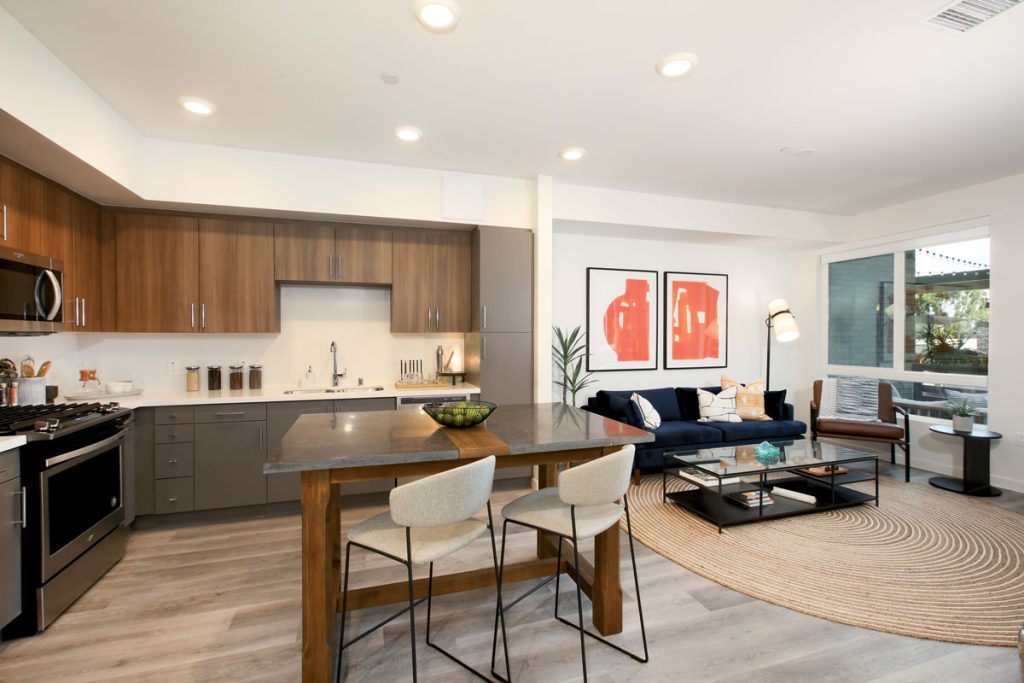
Photo: TCA Architects
This is not true for the most affluent Zoomers – the young buyers Middleton serves, she says. “They are amassing success and wealth quickly. With rents being so high in Manhattan, we’re seeing Gen Z transition from renters to buyers faster than Millennials.” Pre-COVID, she reports, only 3% to 5% of her clients were Zoomers. Now it’s up to 15%, and she expects it to grow through inheritance and business success.
This is a generation of digital natives. They were all born after we got used to surfing the web on our personal computers and the oldest, most affluent probably got iPhones while they were still in elementary or middle school. Many are extremely tech savvy.
They’re also very interested in design, having grown up with HGTV and the former DIY Network (now Magnolia). “Gen Z loves to play part-time designers, perhaps because of the proliferation of home improvement shows,” Mustard observes. Social media has been a huge factor in their lives too, the architect adds. “They have a distinct advantage over previous consumer groups due to their intuitive use of social media and internet services for instant, online market research, comparison and analysis,” Mustard points out.
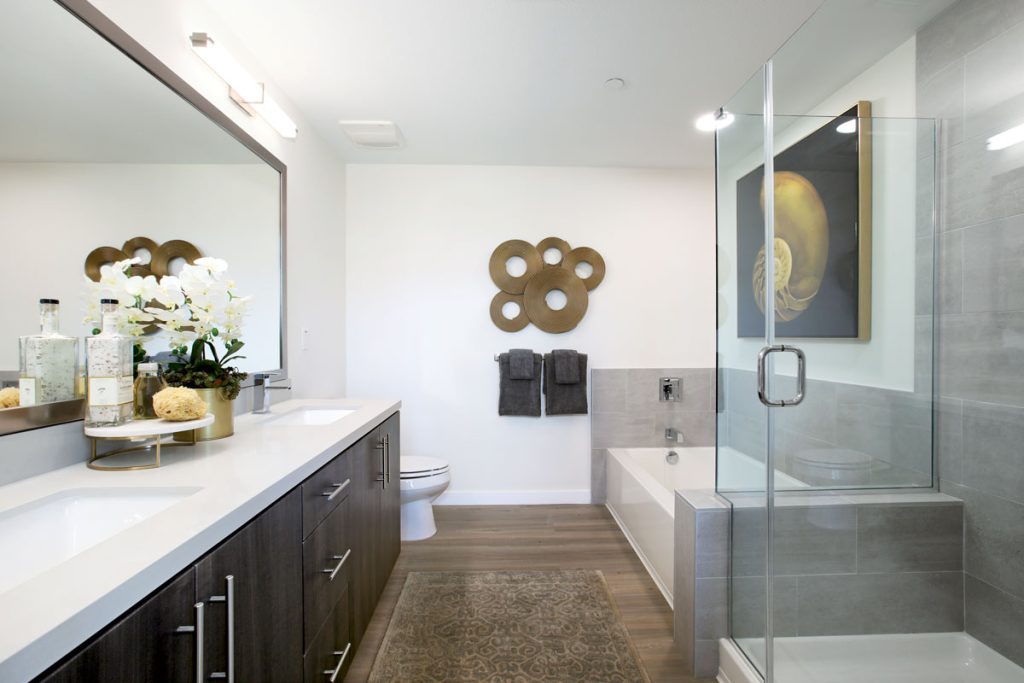
Photo: TCA Architects
WORKING WITH ZOOMERS
“I grew up explaining technology to those around me and those older than me,” recalls DeCasperis. He sees this as an asset shared by many of his Zoomer cohorts, along with their ability to communicate rapidly and fluently across platforms. “Working with younger Gen Z clients [has] meant a greater focus on quick communication, text-message-friendly conversation [and] brief video calls to show off product at the showroom or progress at the home,” he notes. Lately, many more communications are on camera, he adds. As kitchen and bath design, installation and sales become increasingly tech-connected, this fluency will also be a major asset – eventually an imperative – to tech-friendly pros.
“Our generation is constantly praised as being flexible and adaptable,” DeCasperis comments. This is also helpful in an age of rapid change. Because too much of that change has involved ever-stronger hurricanes and wildfires, as well as desertification and pollution concerns, Gen Z are also sustainability minded.
“Going green is just a given for Gen Z,” Mustard comments, noting studies showing a willingness to pay up to 10% more for sustainable products and that three quarters are concerned about human impact on the planet. (While his study focused on renters, the same has been seen on recent ASID reports for homeowner projects.) “This group is on the lookout for Energy Star labels,” he advises.
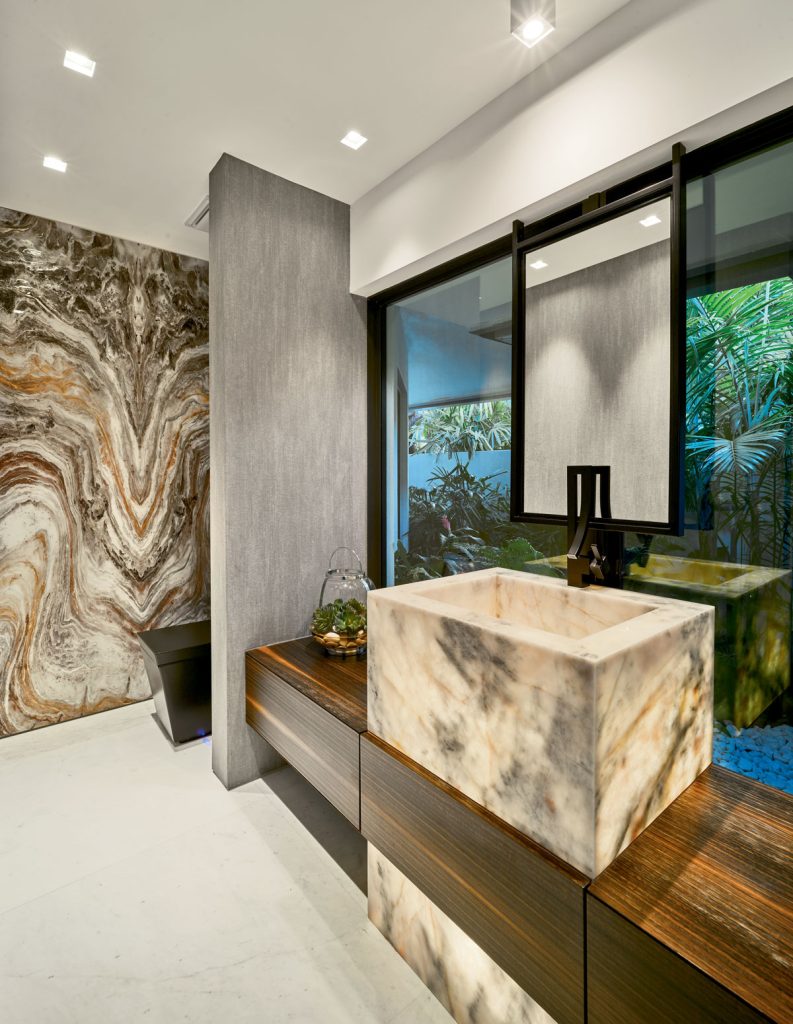
Photo: Italkraft
DESIGNING FOR ZOOMERS
DeCasperis says being a Gen Z kitchen and bath pro brings him “a fresh lens on what can be created, while still honoring tried and true practices.” He describes his design sense – and that of the homeowners he works with – as “playful sophistication.” Using his generational and technological familiarity to meet their expectations, he notes, “I have the opportunity to meet my clients where they’re at.” Might having Zoomers on your team potentially help your business better serve this clientele?
“Zoomers, known for their resourcefulness and desire for self-expression, are more likely to embrace the DIY approach, seeking unique and personalized solutions that reflect their individuality and allow them to showcase their creativity in their living spaces,” Kelly comments.
Viera agrees, “This generation has been raised in the digital age, where someone can learn how to create something with just a few clicks. It’s actually easy and convenient for them to explore and learn how to create something on their own. This self-sufficiency provides a cost-effective alternative to hiring professionals. By utilizing the internet they grew up on, Gen Z can create their perfect home without breaking the bank.”
Middleton clarifies this observation: “Gen Z on a budget are willing to do DIY, but Gen Z with more resources will call a contractor/designer to customize just about anything. Most Gen Z clients I have want turnkey. They do not want gut renovations.”
DeCasperis bridges these perspectives, supporting their engagement while skillfully managing the process: “When we work with younger clients, there is a strong desire to be involved in the hands-on side of the renovation, whether that be during demolition, understanding the ins-and-outs of the design and build process, or referencing previous family remodels. While that may require more education and more discussion,” he cautions, “it also minimizes the unknown and hiccups that occur naturally throughout the build.” He also sees this as building a more positive project experience overall. (That can turn into more referrals and sales!)

Photo: Italkraft
ZOOMER PRIORITIES
Sustainability and wellness are two priorities Middleton sees in her homebuying clients. “The materials used in the building are increasingly important to them. Sustainable materials, nontoxic paints and fabrics. Top of the line air filtration. Access to wellness amenities (cold plunges, infrared saunas, red light therapy).
Across the country and in northern California, Kelly sees the same: “When collaborating with Gen Z clients on their kitchen and bath projects, it’s crucial for an interior designer and project manager to embrace their eco-conscious mindset and incorporate sustainable materials and energy-efficient solutions,” the designer concurs. She also sees a preference for spaces that can flex with their evolving needs.
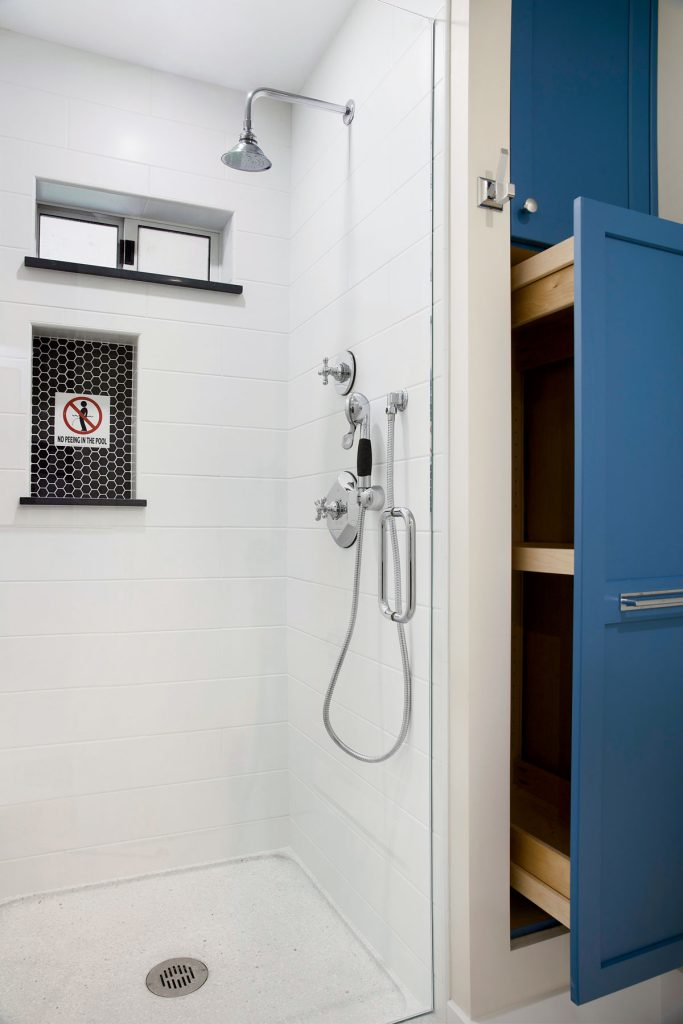
Photo: Joseph DeCasperis Design/Darlene Halaby Photography
“Understanding their preference for versatile spaces that can adapt to various activities, along with integrating technology seamlessly, will create functional and stylish environments that resonate with Gen Z’s dynamic lifestyle,” Kelly adds. Flexibility should not come at the expense of style for this Instagram generation!
Mustard, who spends much of his time designing the kinds of apartments young adults gravitate to today, provides insights that will extend to shaping the condos, townhouses and single family homes they’ll purchase when their finances allow. “Think about the details; are you providing a shampoo niche in the shower, a built-in seat and high-end fixtures? Is the vanity mirror a glued-on rectangular mirror, or does it look like a custom hanging mirror fit for the space? In the kitchen, is the backsplash a full wall tile feature and how is the tile terminating?” Designers need to be smart about the details, he declares. Zoomers will notice!
ZOOMER KITCHEN PREFERENCES
“Simplicity is essential for Gen Z,” Viera comments. “They want more clean, open-air spaces, specifically in their kitchens. As for kitchen must-haves, they want appliances to cook food in a healthier, more nutritious way.” She cites steam ovens as one example.
“An upgraded kitchen speaks to this foodie generation,” Mustard concurs, pointing out that a good percentage of Gen Z say they enjoy cooking and cook at least a few times a week. “Kitchens are streamlined with top-selling appliances and have room to add a personal island that matches a resident’s personality and can be used for a desk one minute and a kitchen table the next,” he adds.
The architect also comments that “top-of-the-line ranges, sinks and refrigerators define luxury and allow the residents to show off to their friends as if they are experiencing a five-star resort experience.” Middleton sees the same with her clientele. They want chic hardware, modern cabinetry and organizers inspired by their favorite television shows and influencers.
Tech plays a role, too, Kelly comments: “For Gen Z, must-haves in the kitchen include incorporating smart appliances and technology-driven features that streamline tasks and enhance convenience.”
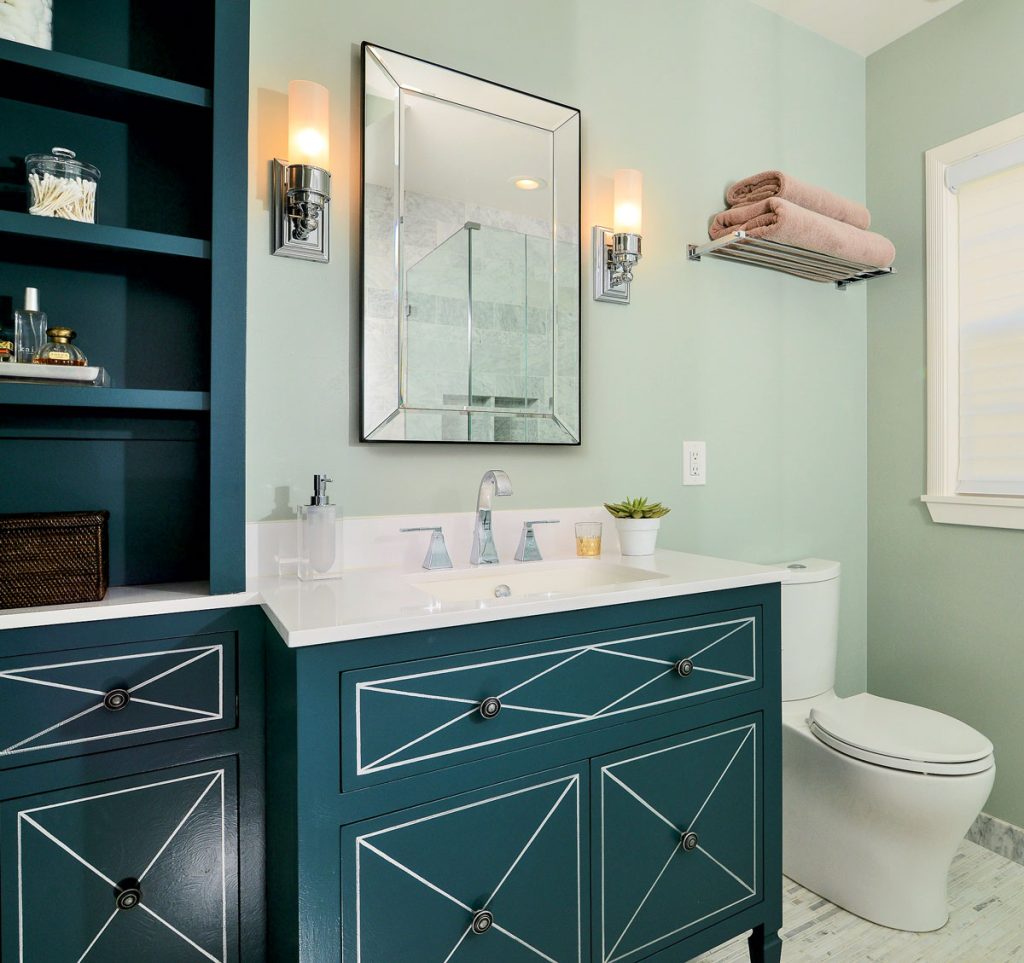
Photo: Kerrie Kelly Design Lab/Brian Kellogg Photography
ZOOMER BATHROOM PREFERENCES
“One primary bathroom must-have for Generation Z is space for self-care products,” Viera declares. “This generation is so into health and wellness, and having space to display these self-care items is important to them. Zoomers appreciate a clean and minimalist look and tend to favor more natural materials and earthy tones. Integrating elements like plants, natural lighting and soothing color schemes can enhance the sense of tranquility and relaxation in the bathroom,” the Italkraft executive adds.
“Lighting is everything,” Middleton points out, adding that they also crave deep soaking tubs, steam showers and radiant heated floors.
Kelly adds, “In Gen Z bathroom interior design, incorporating innovative and eco-friendly fixtures and materials is a must, while creating a spa-like atmosphere that promotes relaxation and self-care is paramount, providing them with a sanctuary to unwind and recharge from their fast-paced lives.”
LAST WORDS
The Sacramento designer predicts a bright future for kitchen and bath pros working with this next generation of clientele: “Their enthusiasm for creative expression, coupled with a desire for functional and environmentally conscious spaces, presents an exciting opportunity to cater to their unique preferences and create innovative, forward-thinking kitchen and bath designs.” Bring on the Zoomers! ▪
Jamie Gold, CKD, CAPS, MCCWC is an author, wellness design consultant and NKBA Chapter presenter. Her third book, Wellness by Design (Simon & Schuster), published October 1, 2020. Learn more about her Wellness Market presentations, books and consulting services at jamiegold.net.
Read the full article here


